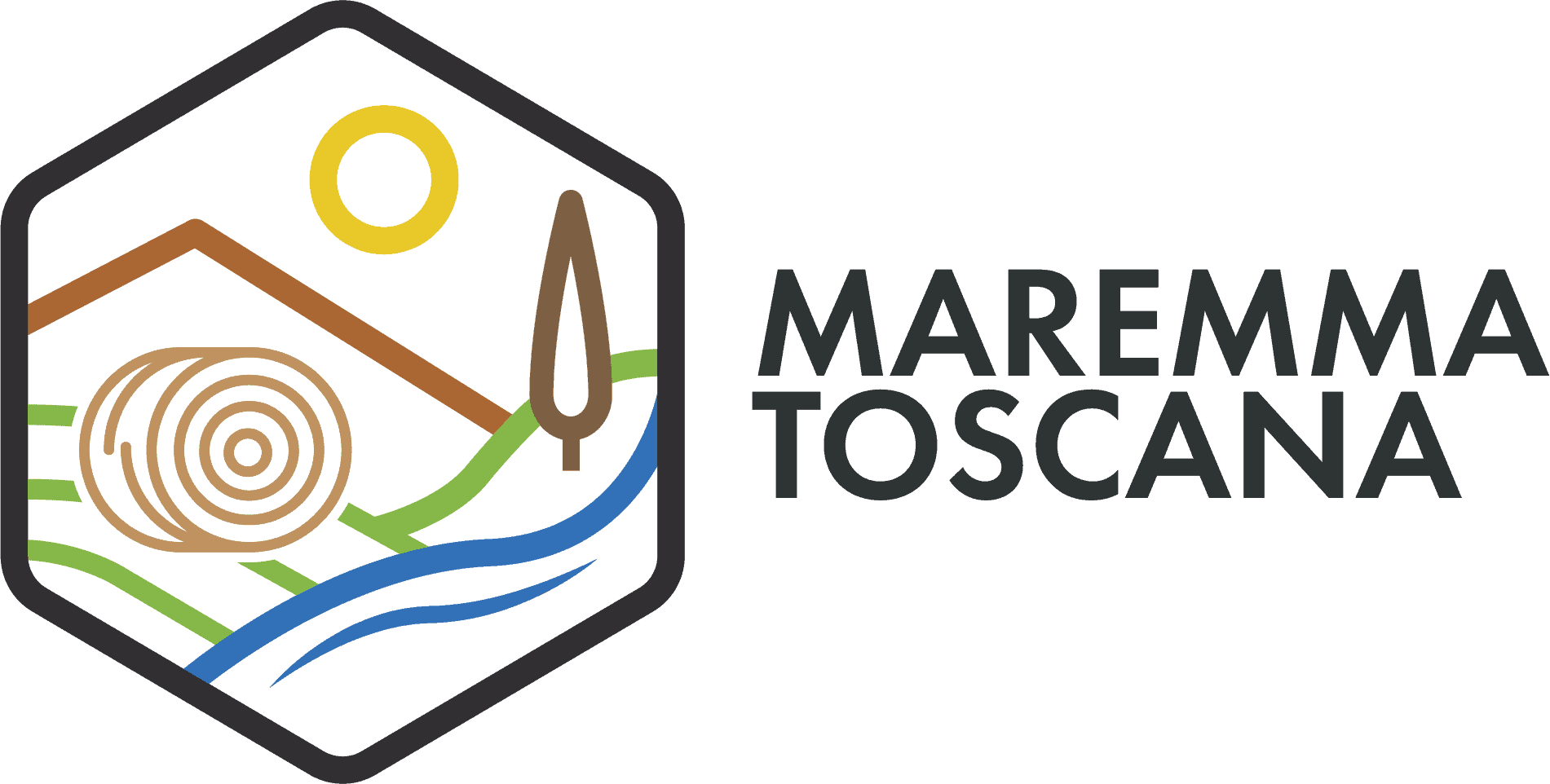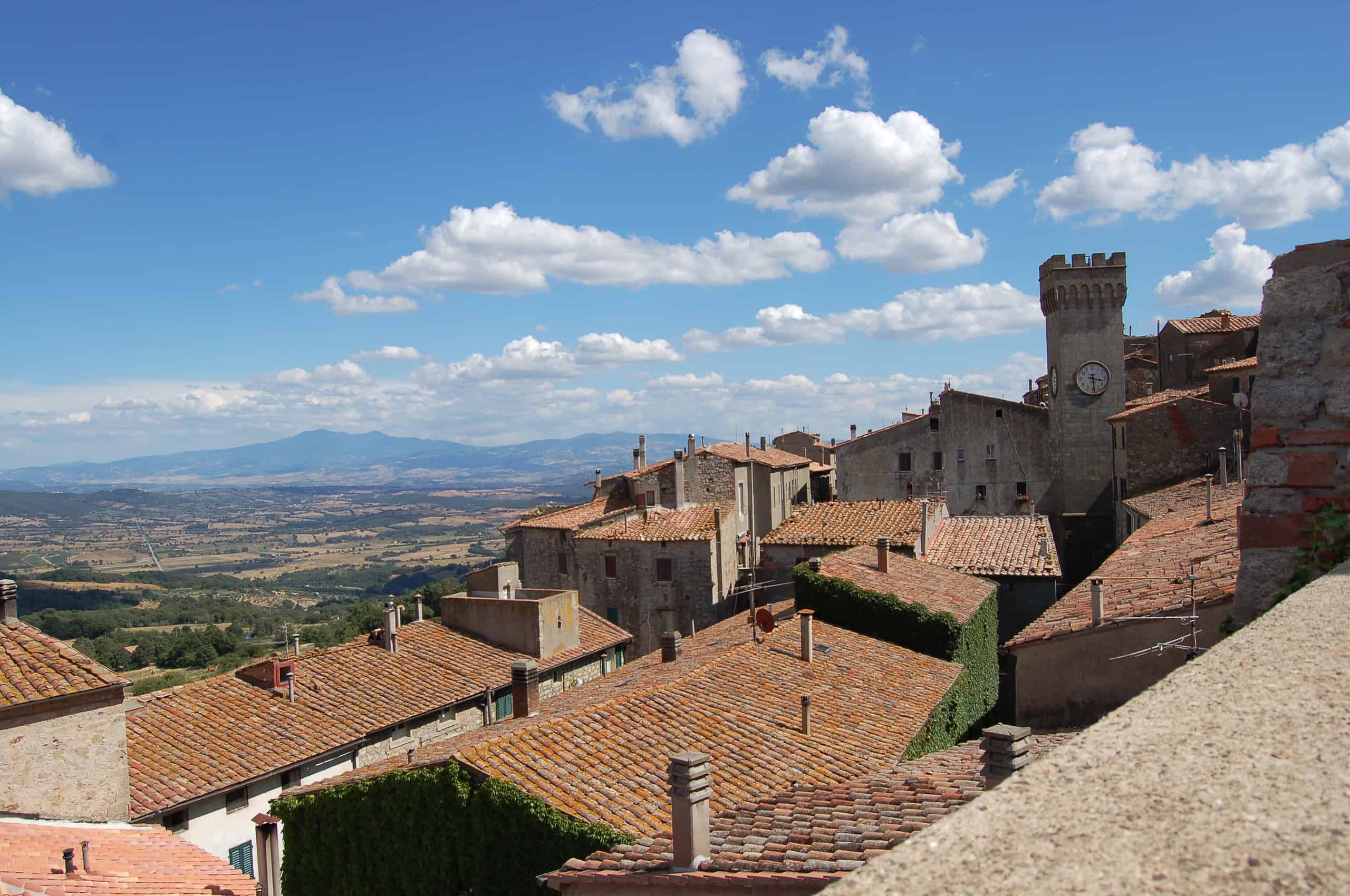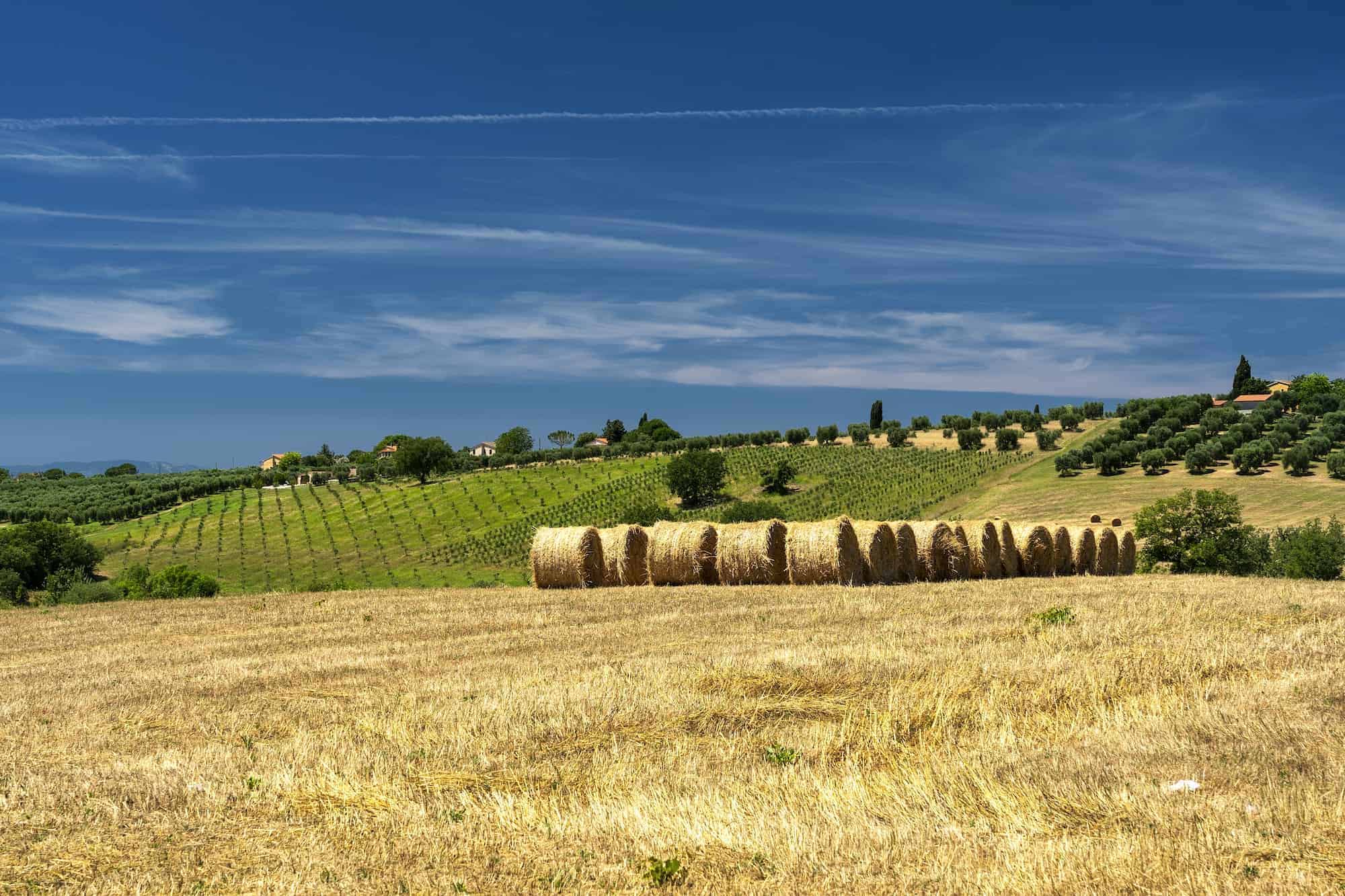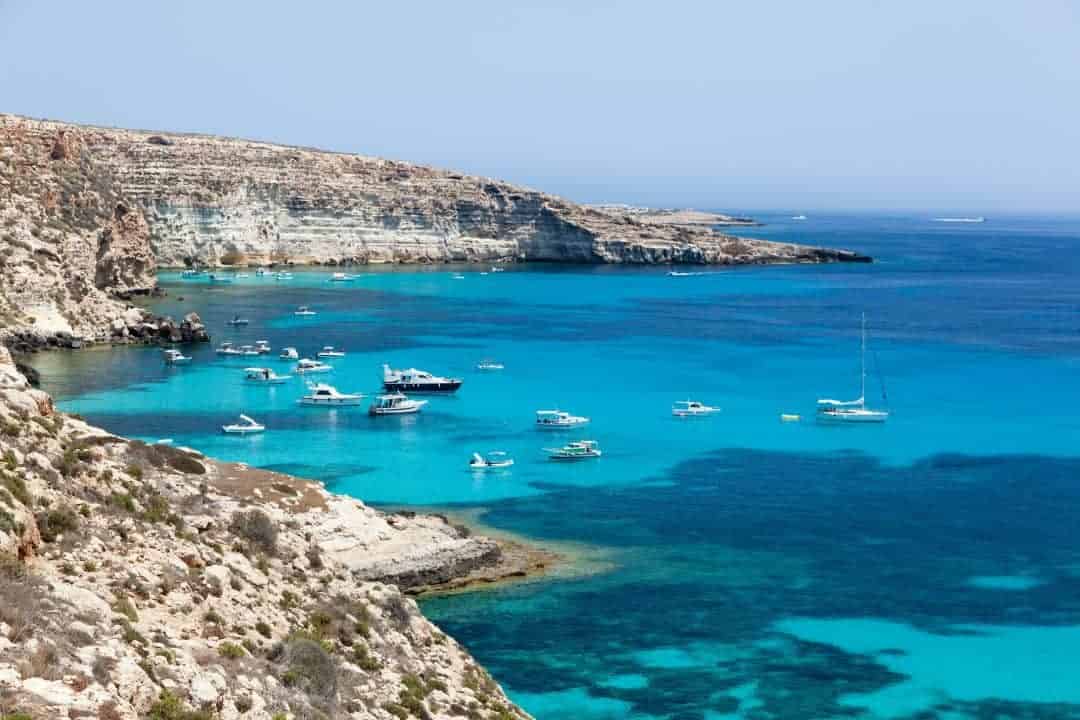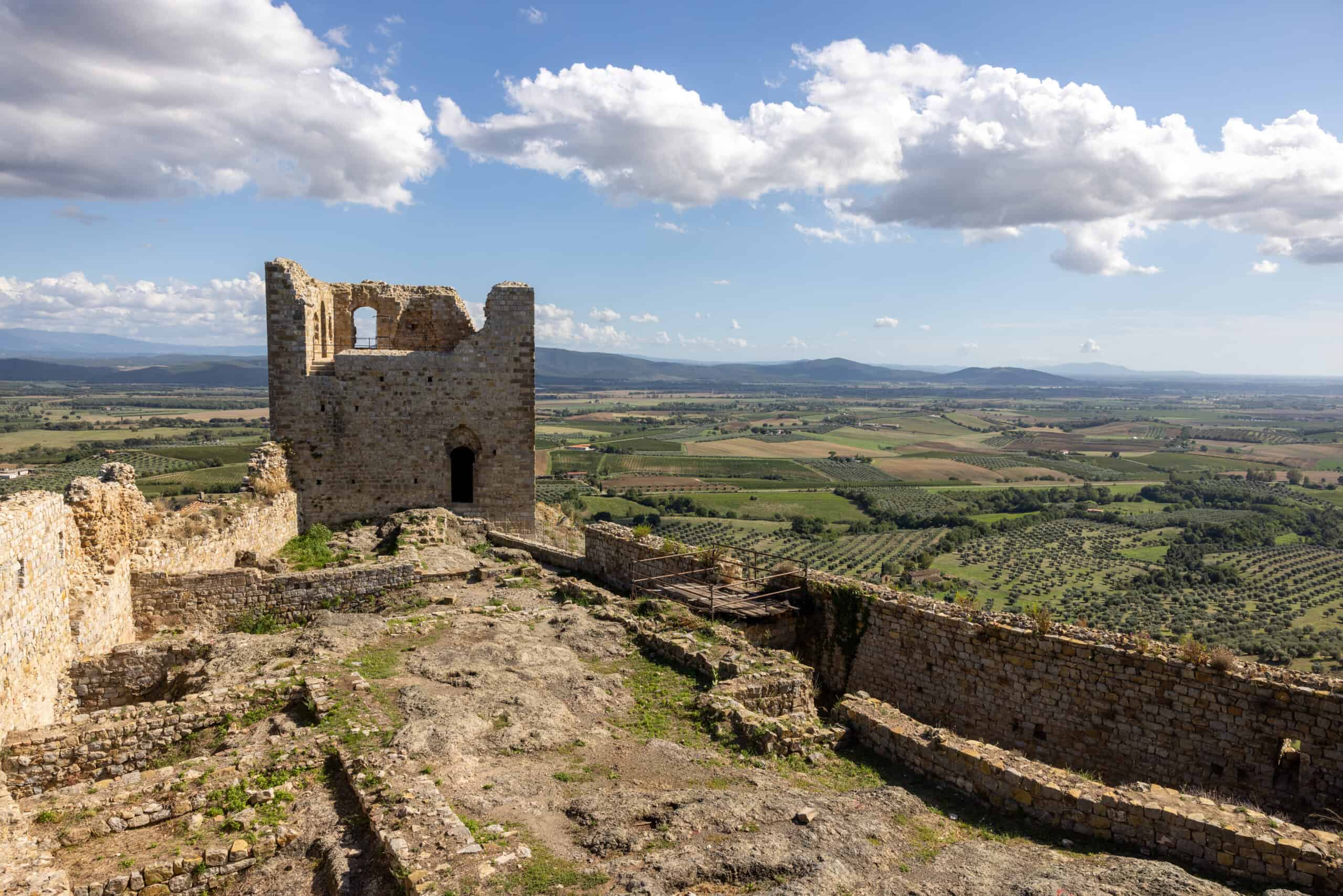THE ART AND CULTURE OF THE TUSCAN MAREMMA BLEND BETWEEN THE PAST AND THE PRESENT: ETRUSCAN, ROMAN, MEDIEVAL VINTAGES, INDUSTRIAL ARCHEOLOGY AND WORKS OF CONTEMPORARY ARTISTS, SEEM TO STOP TIME.
Maremma is not only made up of clean sea, breathtaking natural environments and tourist destinations, it is one land of art and culture, thanks to the huge historical, artistic and archaeological heritage of the many medieval villages that have remained intact over time, ancient archaeological sites and imposing monuments that bear witness to the whole greatness and beauty of an area that probably has no equal in the entire Italian peninsula. There are many civilization who have left profound traces in the Tuscan Maremma, from prehistory onwards, passing from the Etruscans to the Romans, from the noble and powerful feudal families of the Middle Ages of the Orsini, Medici, Aldobrandeschi until the more recent Lorraine, who ruled the Grand Duchy of Tuscany until its annexation to the Kingdom of Italy in 1860. All moments that involve this prestigious land as a protagonist, full of politically important strategic points and therefore contested with harsh, bloody, sometimes centuries-old struggles between cities, municipalities and republics. Therefore castles, walls, clashes, ruins, massacres which today are remembered almost more by tradition than by history, demonstrated that the Maremma was a territory that certainly could not be inspired by tranquility and its possession was ephemeral, to be fought over, to be jealously guarded , to be defended at all costs.
SACRED AND CONTEMPORARY ART, FINDS OF INDUSTRIAL ARCHEOLOGY AND IMPORTANT REMAINS OF HUMAN SETTLEMENTS ENRICH THE MAREMMA TERRITORY, ALREADY VERY GENEROUS FROM A NATURALISTIC ASPECT.
The ancient use of enriching the cities with monuments, palaces, castles, walls, churches, fortifications and adorning the interiors with statues, paintings, arches, marbles has made the Tuscan Maremma a treasure chest of romantic and gothic churches and cathedrals (Massa Marittima, Grosseto, Orbetello, Sovana, Pitigliano, Arcidosso, Santa Fiora, Seggiano, Casteldelpiano, Campagnatico, Civitella, Magliano…), of walls, castles, fortresses and fortifications (Grosseto, Massa Marittima, Castiglione della Pescaia, Talamone, Orbetello, Capalbio, Magliano, Paganico, Manciano, Montemerano, Giglio Castello, Scarlino, Montemassi, Pereta, Porto Ercole, Porto Santo Stefano, Saturnia, Roccalbegna, Pitigliano, Sovana, Sorano, Punta Ala, Castell’Azzara…) of paintings (Duccio di Buoninsegna, Matteo di Giovanni, Sassetta, Segna di Bonaventura, Ambrogio Lorenzetti, Sano di Pietro), up to the recent Giovanni Fattori, Paride Pascucci, Pietro Aldi and the sculptor Tolomeo Faccendi. It is difficult to identify works and artists from the Maremma, and to mention them without forgetting. Almost every town in the Grosseto area has an Aldobrandesca castle or fortress. Impossible to mention them all. It is certain that every small Maremma town has its own monument and it is necessary to look for it, see it in its lines, discover its history from the voice of the people.
The Etruscans and the Romans
It was the Etruscans who left the most conspicuous evidence of their civilization in Maremma. Today excavations and research have brought to light settlements, necropolises, beautiful tombs, artisan areas and materials. The Archaeological Park of Baratti and Populonia, between Piombino and the Gulf of Baratti, is an example of this, located in the so-called Etruscan Coast.
Testifying to the high cultural level reached by the Etruscans are the sumptuous funerary objects with gold, bronze and silver jewels of refined workmanship, metal objects (the Etruscan goldsmith techniques are famous, from dusting to chiselling to granulation), funerary sculptures, alabaster urns, exquisite pottery elegance, often imported from Greece but also produced locally, like the famous bucchero, a mixture of shiny black clay (made so with particular cooking processes), became the main export product of this people. All products that show the extraordinary mastery achieved in the goldsmith and metallurgical art, without neglecting the paintings in the tombs, which document scenes of music, banquets, dance, games, sacred ceremonies, hunts, of singular expressive power. THE Romans have left us stupendous remains imperial villas on the coast and on the islands ofTuscan archipelago, but above all the evocative and spectacular excavations of Roselle And What, which brought to light precious finds kept in Archaeological and Art Museum of Maremma, linked to the period of the so-called “Romanization” of the Maremma territories, when Rome took possession of the main Etruscan cities – Populonia, Vetulonia and Roselle – definitively putting an end to the great Etruscan civilization.
The Maremma Middle Ages
The Maremma Middle Ages it is reflected in the sixteenth-century Medici walls of the capital Grosseto built by the Medici, in the Cathedral of Massa Marittima, in the evocative Church of Santa Maria Maggiore in Sovana, in the Camaldolese Monastery of San Bruzio a Magliano, in the Palazzo Orsini in Pitigliano, in the Aldobrandesque fortifications of Santa Fiora on the slopes of Monte Amiata, the Spanish ones of Porto Santo Stefano (Fortress or Rocca) and Porto Ercole (Forte Stella, Forte Filippo and Forte Santa Caterina), dating back to the State of the Garrisons, and in the many other castles, fortresses and parish churches scattered everywhere throughout the Tuscan Maremma.
Modern Art
Modern art in Maremma features many contemporary artists who have created wonderful works scattered throughout the territory, offering us an exciting journey through time, where past and present, art and nature blend harmoniously.
- The Tarot Garden in Garavicchio, Capalbio, offers picturesque statues resembling the major arcana of the tarot and other fairy-tale figures such as dragons, angels, witches and wizards. The work is by the French artist Niki de Saint Phalle, completed between 1979 and 1996, an authentic testimony of his extraordinary and very vital artistic expression.
- The Garden of Sounds, an artistic park created in 1966 by the artist Paul Fuchs, is located in Boccheggiano in the Municipality of Montieri. In a 12-hectare private garden, it offers a permanent exhibition of minimal sculptures made with iron, bronze, wood and stone materials.
- Daniel Spoerri’s Garden in the Municipality of Seggiano was started in 1991 and is still in continuous transformation today. The park-museum, along a 15-hectare route, offers a vast collection of works by the Swiss artist and numerous works by over 50 different artists.
- Piero Bonacina’s Garden “Arte a Parte” is located in Montegiovi, in the municipality of Castel del Piano (Amiata), an open-air atelier with sculptures of various kinds hidden in the greenery of a beautiful garden.
